Trapped in Time
Fungus Gnat (Sciaridae)
These small animals look like they died yesterday, but they are actually about 50 million years old.
A student on work experience at the Museum used new software to image our amber collection. Using a microscope, photos were taken from different depths inside an amber sample. The in-focus parts of each photo were then merged to create a single clear image.
Windows on an ancient world
These animals died after becoming trapped in soft sticky resin produced by conifer trees as protection against fungal infection. When the trees died their resin was buried underground in layers of vegetation and sediment - eventually becoming hardened by pressure and heat to form amber.
Most of our amber comes from the Baltic Sea region. The trapped animals include ants, aphids, beetles, flies, gnats, harvestmen, moths, nematode worms, spiders, and wasps. These forest creatures lived at least 50 million years ago in the Eocene epoch. This was a time of greenhouse climate which was much warmer than today due to higher levels of carbon dioxide in the atmosphere.
There’s also a wasp preserved in amber from Cretaceous sediments of New Jersey, USA – which makes it old enough to have seen the dinosaurs!
Looking after amber
We store our amber in air tight containers in a room where the temperature and amount of water vapour in the air (humidity) can be controlled. If amber is exposed to rapid swings between too damp and too dry, tiny cracks can form, and these windows to the past can be broken.
Trapped in Amber
Fungus Gnat (Sciaridae)
Ant and Spider
Spider
Fungus Gnat (Sciaridae)
Fungus gnat (Sciaridae)
Biting Midge and Moth
Wasp, possibly Stigmaphronidae
Beetle
True Fly (Diptera)
True Fly (Diptera)
Fungus Gnat (Sciaridae)
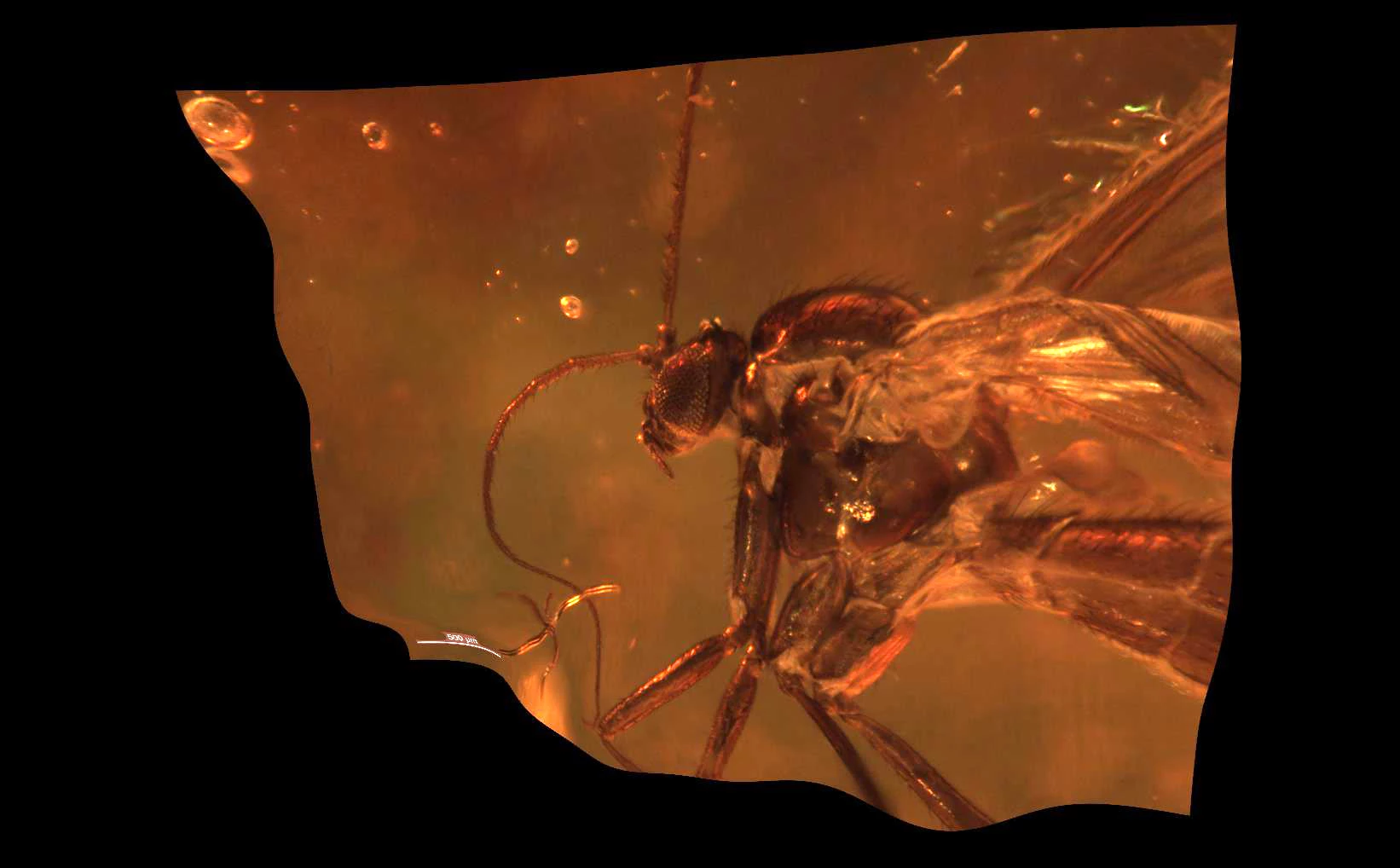
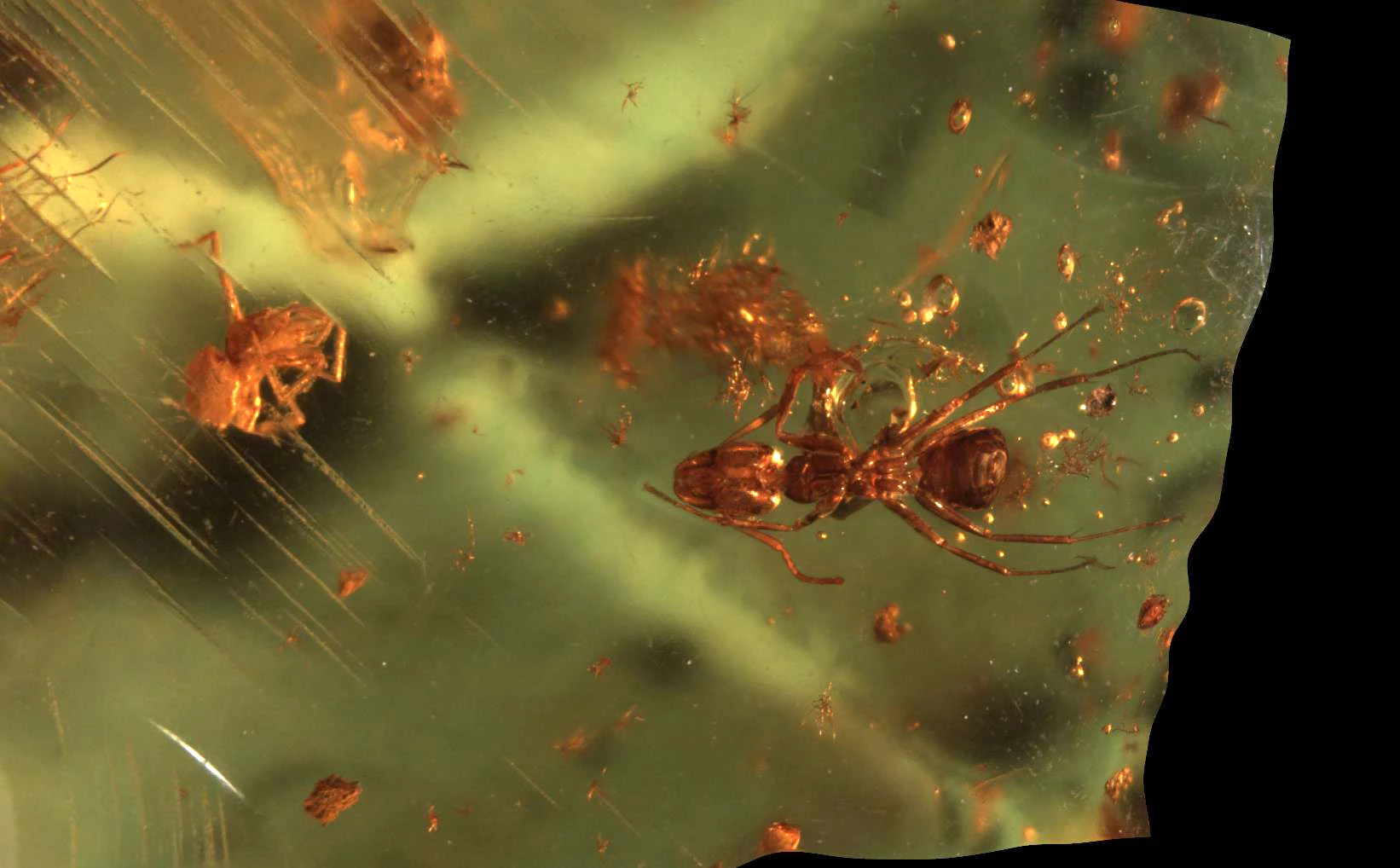


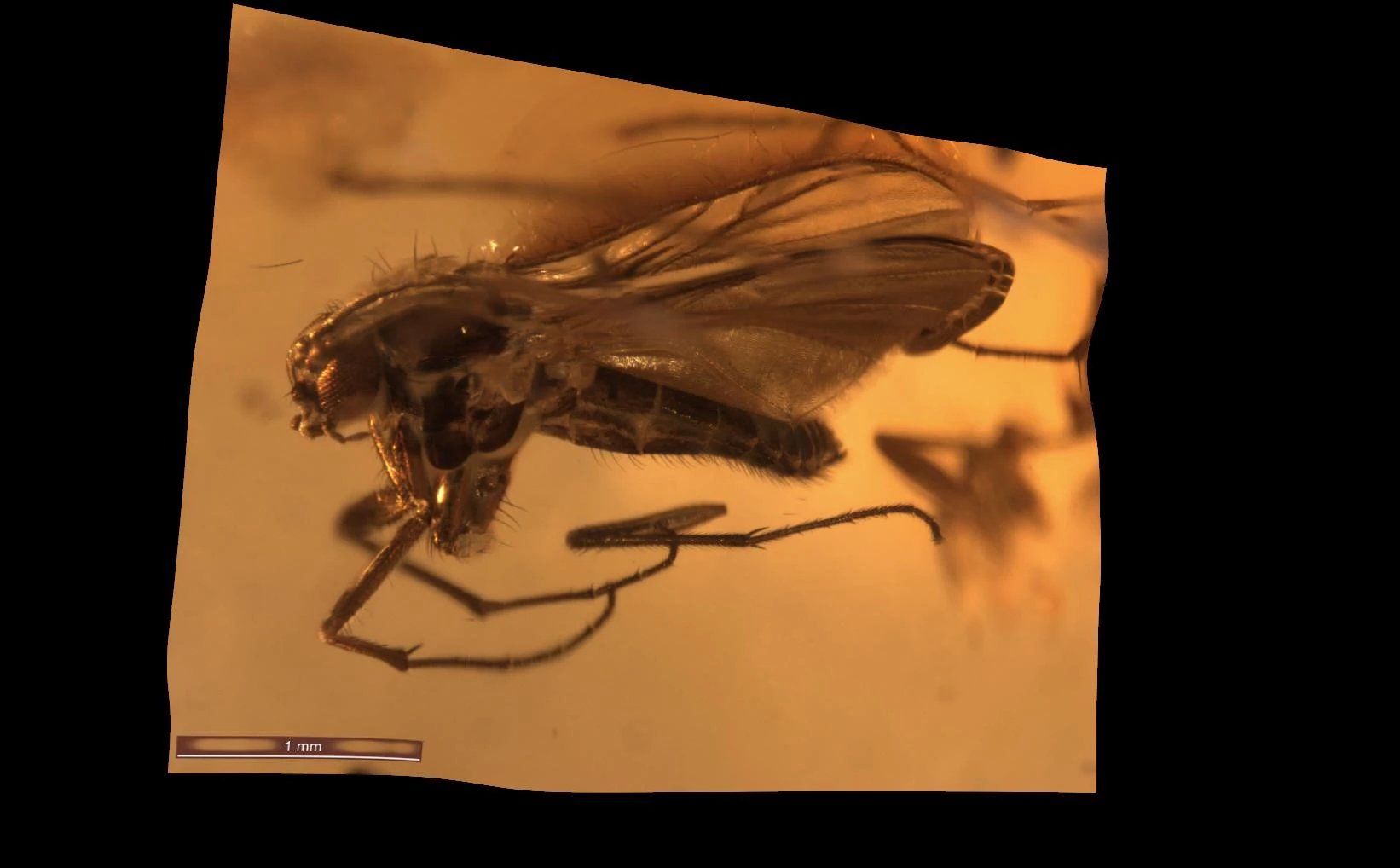
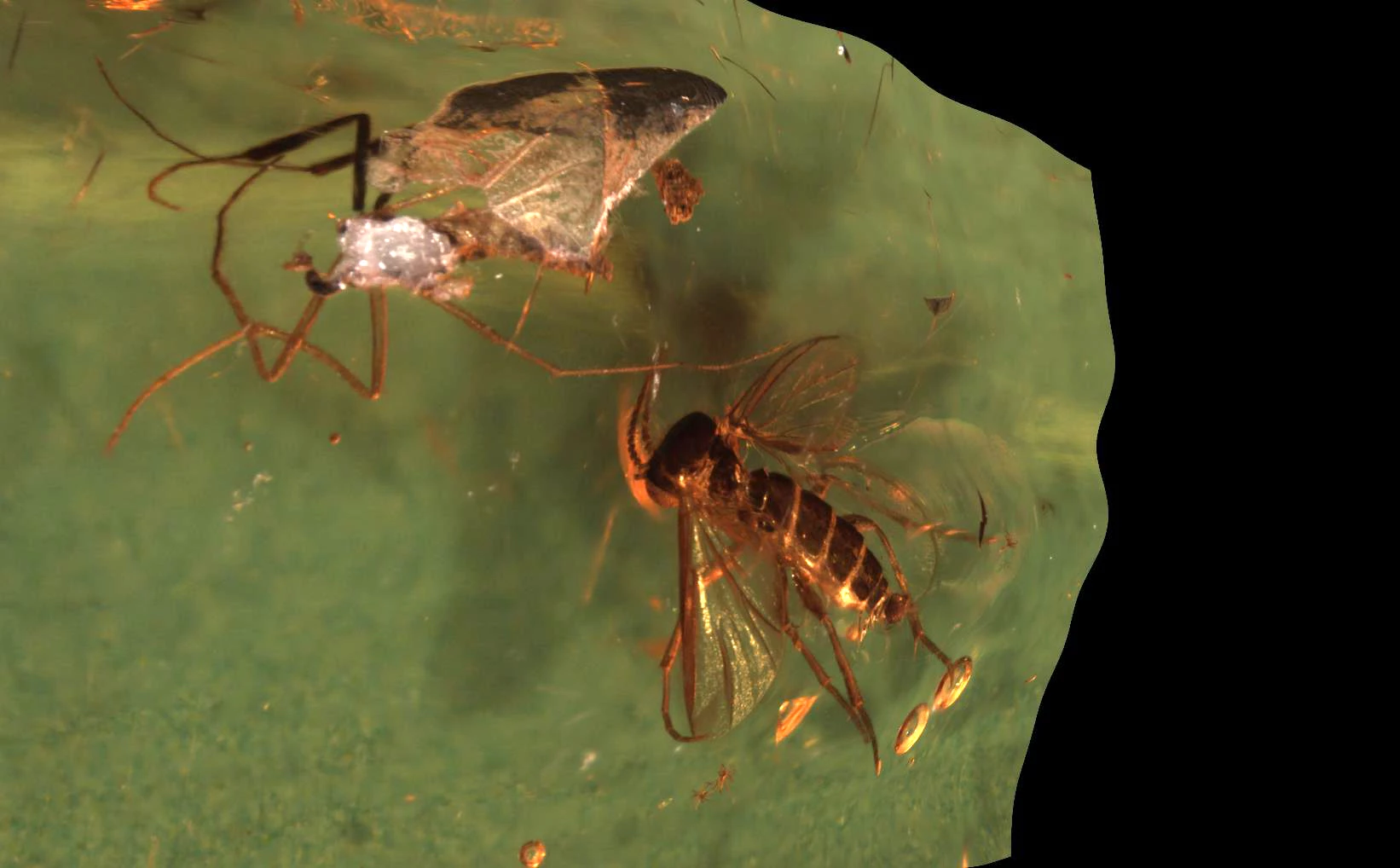
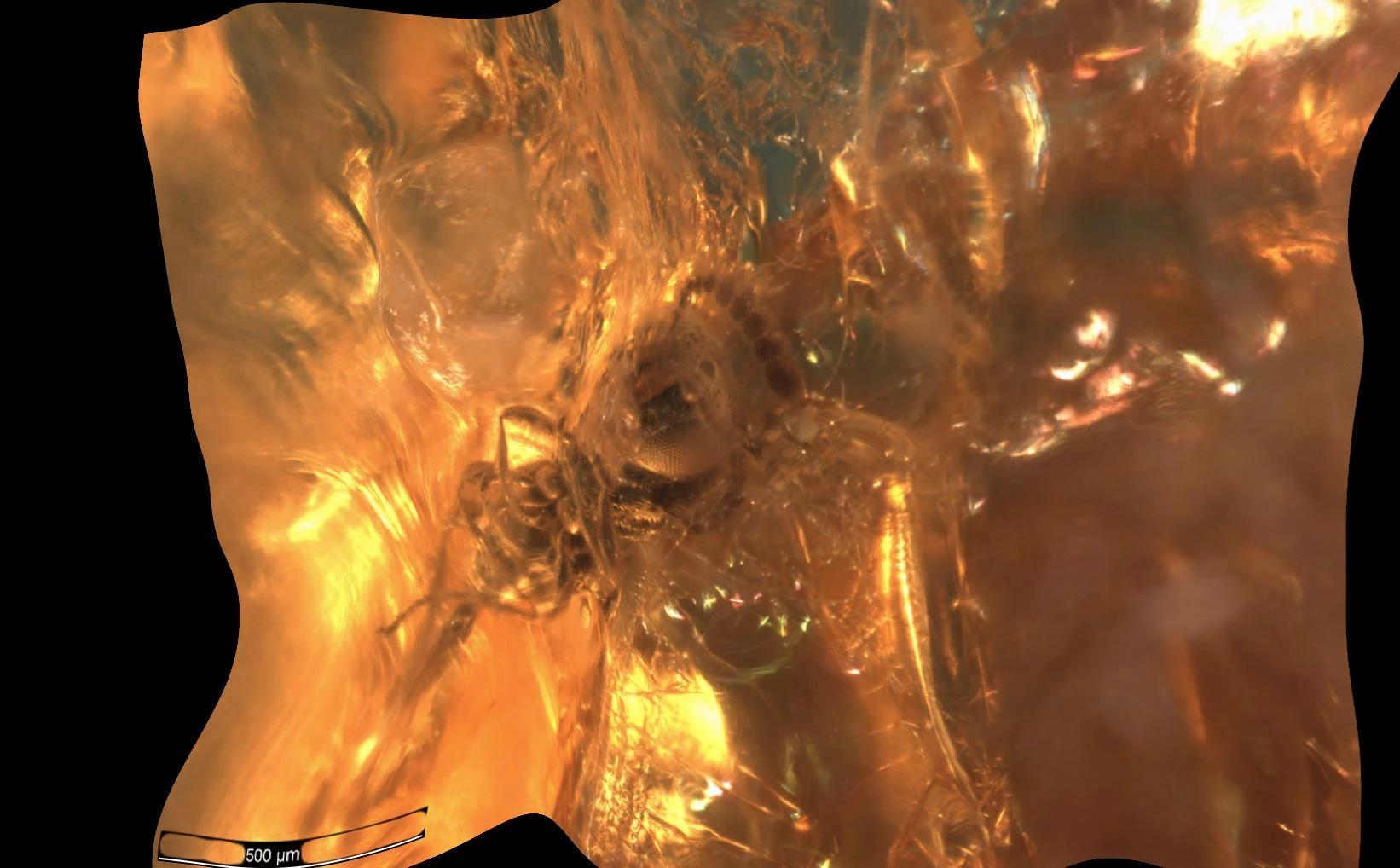
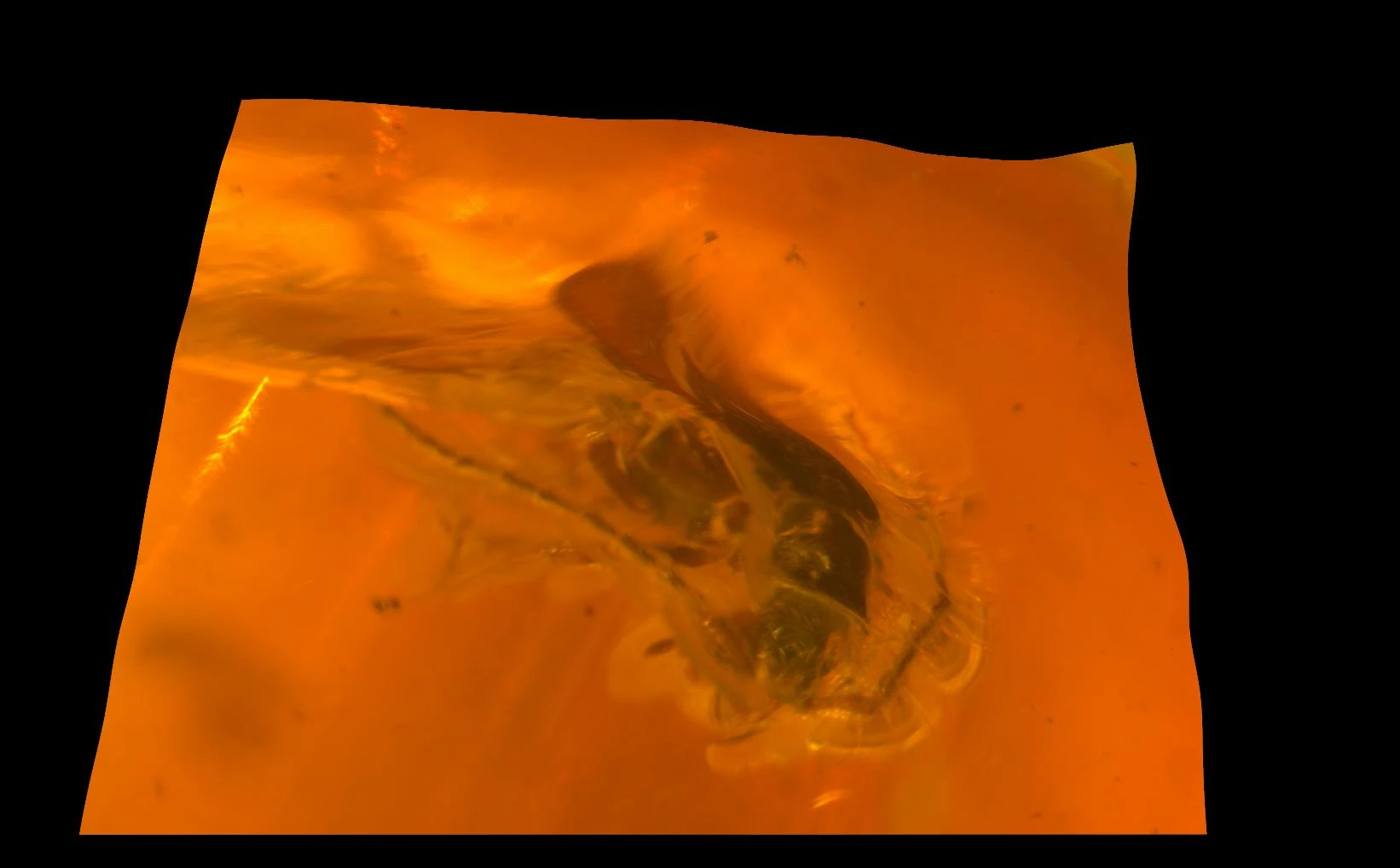
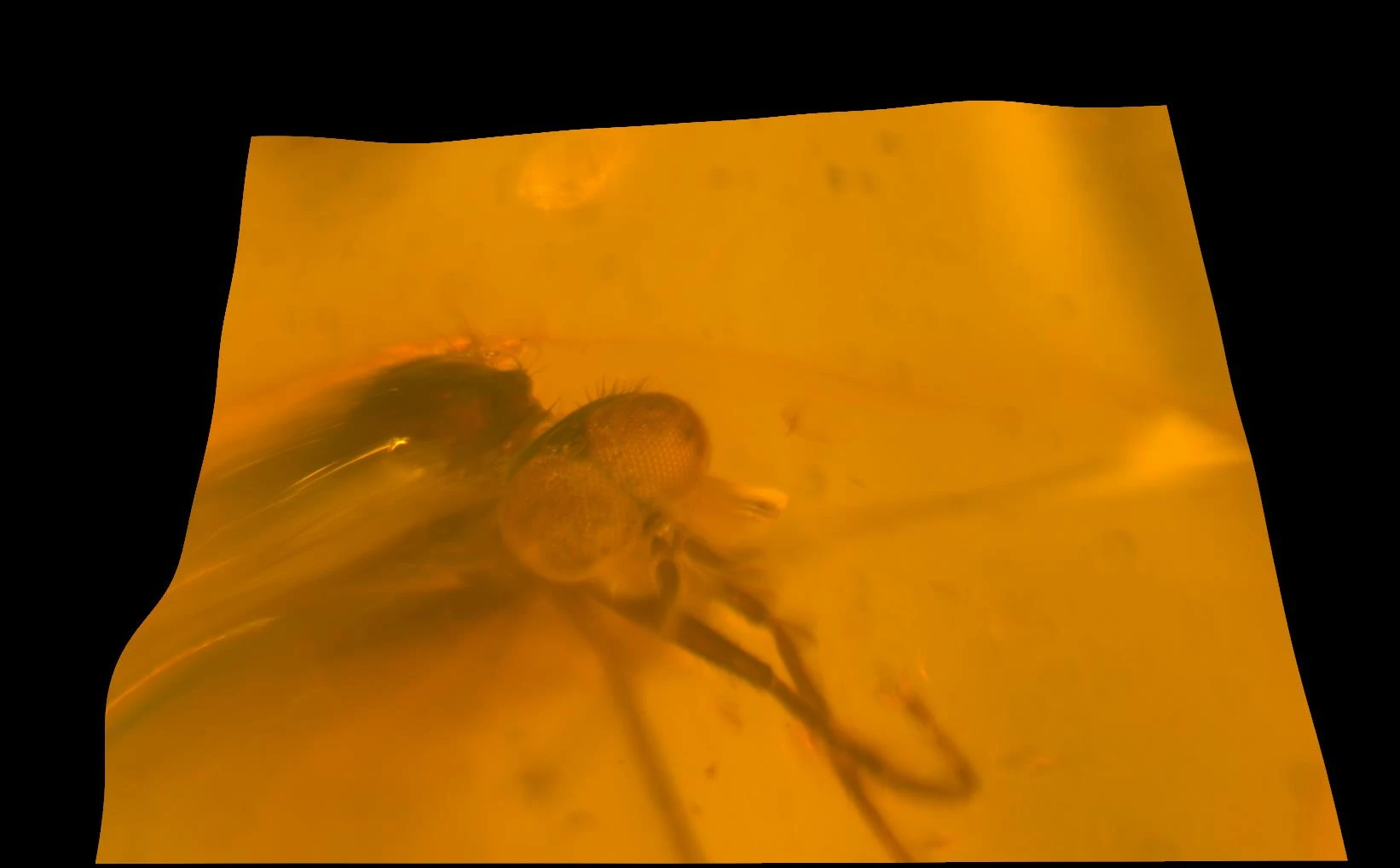
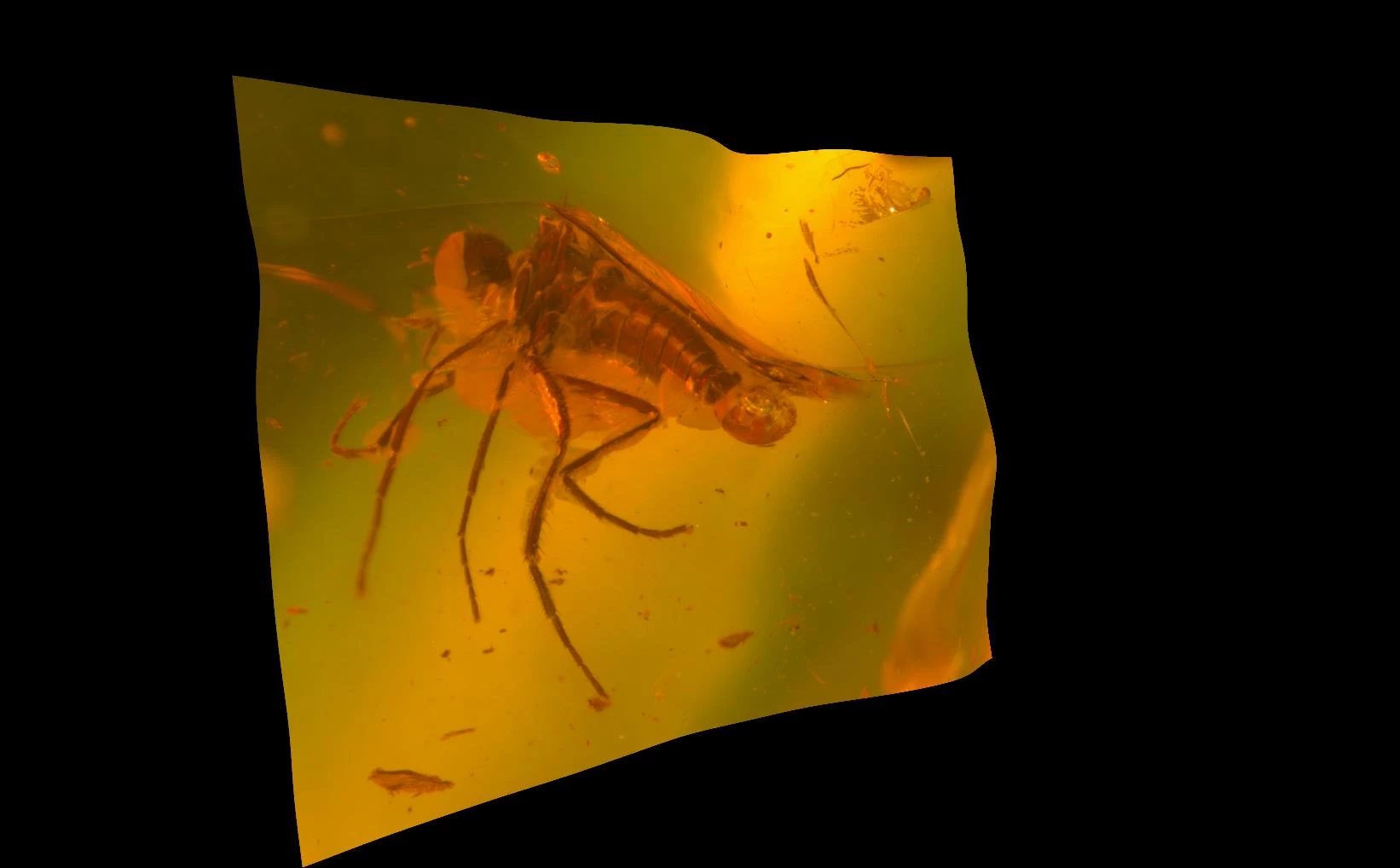

Comments - (3)
Hi there
Thanks for your enquiry - I'll ask our curators to see if they can help you identify your find. I'll get back to you via email so that you can send them a picture if required.
Sara
Digital Team